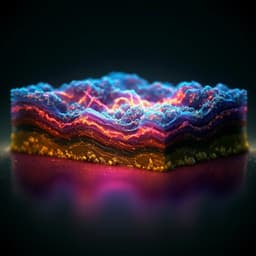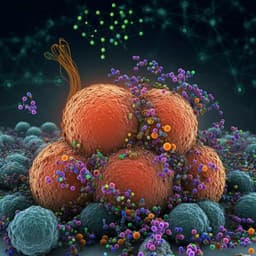
Engineering and Technology
Enhancement of perpendicular magnetic anisotropy and Dzyaloshinskii-Moriya interaction in thin ferromagnetic films by atomic-scale modulation of interfaces
A. S. Samardak, A. V. Davydenko, et al.
Discover the groundbreaking research by A. S. Samardak and colleagues on enhancing magnetic properties in ultrathin films through atomic-scale surface modulation. This innovative approach not only stabilizes skyrmions and chiral domain walls but also paves the way for advanced spin-orbitronic devices with remarkable control over functionality.
~3 min • Beginner • English
Related Publications
Explore these studies to deepen your understanding of the subject.







